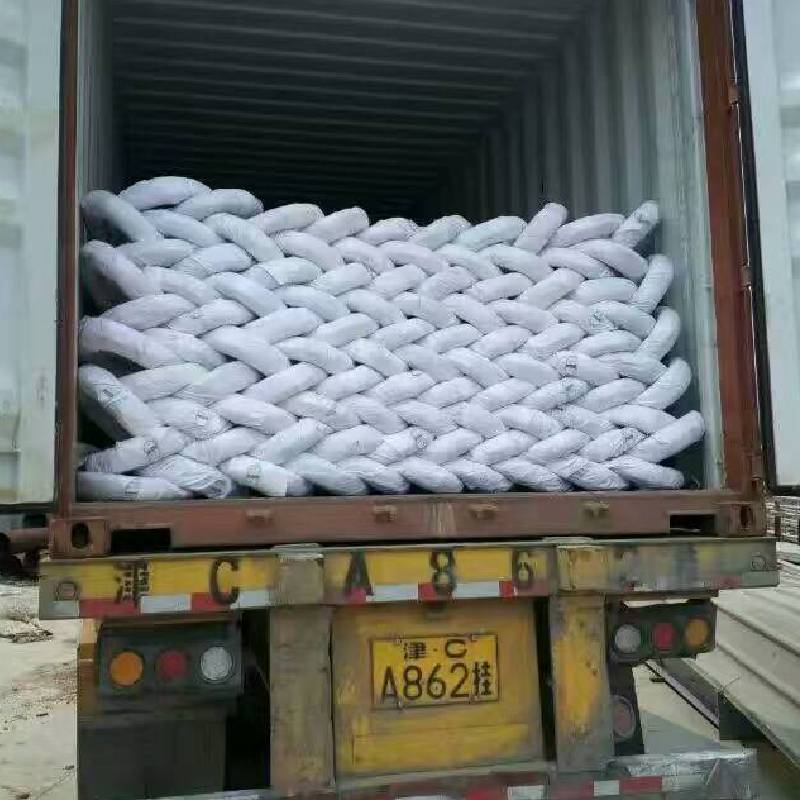
- Mobile Phone
- +8613931874955
- sales@cntcmetal.com
Connecting Masonry Structures to Concrete Foundations for Enhanced Stability and Durability in Construction
Masonry Ties to Concrete Importance, Types, and Installation
In the world of construction, the connection between masonry and concrete plays a critical role in ensuring structural integrity and longevity. Masonry ties are essential components that link masonry walls, such as brick or block, to concrete structures, providing stability, strength, and resistance to lateral forces. This article aims to explore the significance of masonry ties, the various types available, and their proper installation.
Importance of Masonry Ties
Masonry ties serve several vital functions in construction. Firstly, they enhance the structural capacity of the building by distributing loads evenly between the masonry and the concrete. This load distribution helps prevent cracking and movement, which can arise from temperature changes, settling, or other external forces. By securing masonry to a concrete substrate, ties mitigate the risk of detachment, thereby increasing the overall safety and durability of the structure.
Secondly, masonry ties improve the overall performance of the building envelope. They play a crucial role in the resistance against wind and seismic forces, providing additional stability, particularly in high-rise buildings and regions prone to earthquakes or strong winds. Properly installed ties can help ensure that the masonry facade remains intact and aesthetically pleasing, contributing to the building's longevity.
Types of Masonry Ties
Several types of masonry ties are commonly used in construction, each designed for specific applications and requirements. Some of the most prevalent types include
1. Metal Ties Typically made from galvanized steel or stainless steel, metal ties are robust and resist corrosion. They are commonly used for reinforcing brick or stone masonry against concrete structures. One of the most popular forms of metal ties is the horizontal and vertical reinforcing ties, which are installed at specified intervals.
2. Brick Ties These are designed specifically for brick wall applications. They often come in a variety of shapes, including ladder-type and triangular. Brick ties help to connect the wythes of a brick wall to the backing material, enhancing stability and strength.
3. Expansion Ties As the name suggests, expansion ties allow for movement between connected materials due to thermal expansion or shrinkage. These ties are particularly useful in conditions where significant temperature fluctuations are expected.
masonry ties to concrete

4. Anchor Bolts Used in certain masonry applications, anchor bolts provide a means of securing masonry walls directly to concrete foundations or slabs. They are embedded into the concrete and tied into the masonry, offering a strong connection that can withstand considerable loads.
Installation of Masonry Ties
Proper installation of masonry ties is critical to achieving the desired structural performance. The process generally involves the following steps
1. Planning Before installation, it’s essential to determine the type and spacing of ties based on structural engineering specifications and building codes.
2. Placement During masonry wall construction, ties should be positioned at appropriate intervals, typically every 16 to 24 inches horizontally and vertically. The ties should be embedded in the mortar joints to ensure effective load transfer.
3. Secure Attachment Masonry ties must be securely attached to the concrete substrate, ensuring a tight fit that prevents movement. This may involve drilling into the concrete and using appropriate fasteners or anchors.
4. Inspection After installation, an inspection should be conducted to ensure that all ties are adequately positioned and secured. This step is crucial for identifying any issues early on, which could compromise the structural integrity of the building.
Conclusion
In summary, masonry ties are a fundamental aspect of modern construction, bridging the gap between masonry and concrete structures. Their variety, proper installation, and maintenance contribute significantly to the overall stability and durability of buildings. By understanding the importance and functionalities of these ties, builders and architects can better ensure the safety and longevity of their structures. As construction practices continue to evolve, the role of masonry ties will undoubtedly remain a cornerstone of safe and effective building design.
share:
-
Your Source for Concrete Wall Ties and Masonry AccessoriesNewsJul.10,2025
-
Unlocking the Power of Iron Wire for Every ProjectNewsJul.10,2025
-
Explore Advanced Chain Wire and Stainless Steel Mesh FencingNewsJul.10,2025
-
Discover the Benefits of Annealed Wire ProductsNewsJul.10,2025
-
Discover China Stainless Steel Wire Mesh SolutionsNewsJul.10,2025
-
Build with Confidence Using High-Performance Masonry AccessoriesNewsJul.10,2025
-
Why Sacrificial Formwork Is Redefining Underground ConstructionNewsJun.06,2025



















